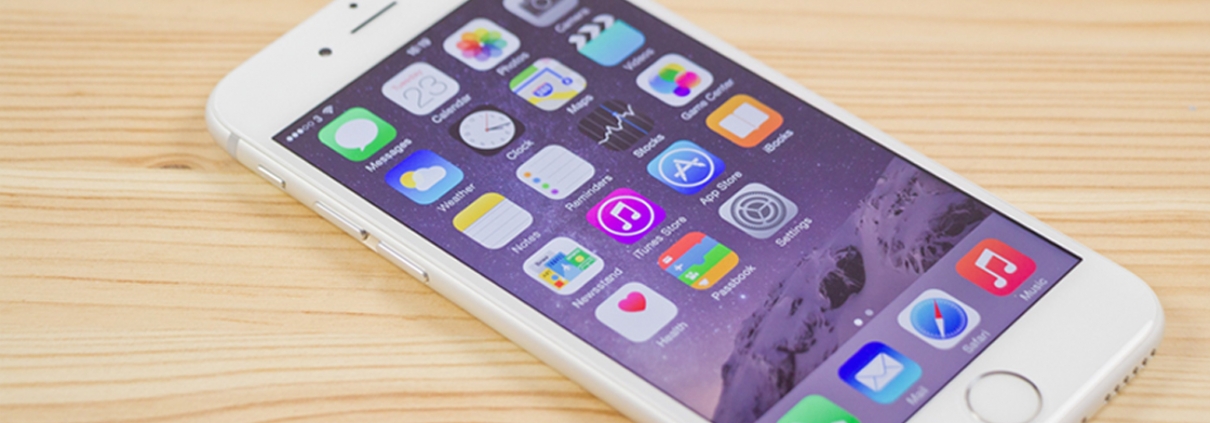
Will Apple Support NFC Tags in iOS 10 for the iPhone 7?
Updated Sept 2021: Read the latest article, iPhone 13 – Using NFC and NFC Tags with iOS 15 in 2021
It’s spring again and the Apple NFC rumor mill is heating up. In the fall of 2014 Apple added an NFC controller to the iPhone 6 and iPhone 6 Plus to support the Apple Pay mobile payment system. But that was the only thing the iPhone could do with NFC. Since Apple didn’t open up SDK access to the NFC controller for other developers, the NFC hardware inside the phone was severely limited to the types of applications it could be used for. Now its 2016 and Apple is expected to release new iPhone models along with an updated iOS. Will we will finally see support for additional NFC functions on Apple products?
If you’re savvy with NFC, you know NFC is used for far more than just payments; including marketing, security, asset tracking, events, gaming… the list is long. NFC is one of several tag technologies that allow things in the physical world to be connected with their online counterparts. Other tag technologies include printed barcodes and QR codes, Bluetooth based tags such as Apple’s iBeacon and BLE, UHF RFID and a handful of other lesser known technologies. NFC plays a unique role within this family of technology; it’s low cost compared to most other technologies, is uniquely identifiable, is difficult to be cloned and its very short range captures the consumer’s intention. NFC tags can be deployed on physical items for non-payment uses forming an “Internet of Things”. Mobile payments is just one, very lucrative usage of NFC.
So why hasn’t Apple opened up support for these other uses of NFC? Security and trust. Mobile payments are a big deal. They represent a fundamental change in the way that money flows through the system, from the consumer all the way through the banks and companies. Several large industries are built up to enable this and collect a toll as the money moves. By changing and controlling the existing transaction flow, Apple, and other mobile payment providers hope to route money through their systems and subsequently be the ones to collect the toll. Apple likely negotiated reduced rates from banks on the guarantees of increased security, lower fraud rates and high consumer usage.
There is a lot of on the line for Apple Pay to succeed. Apple knows that to change consumer behavior on this level they must gain and keep the consumer’s trust. A single public security breach would put the entire project in jeopardy. So like the fingerprint scanner before it, Apple is likely limiting access to the NFC controller for an initial period of time. The security industry calls this “reducing the surface area”. This allows the consumers time to become comfortable with NFC and mobile payments and allows Apple time to work out any security issues that come up. From Apple’s perspective the risk of a public security issue in Apple Pay outweighs the benefits of using NFC for other applications.
Apple Pay has been in the market for almost two years without a single public security issue being disclosed. Nice work! Now Apple might be looking towards the future for what else it can do with NFC. Rumors are popping up that Apple could open up the NFC controller to other developers to use.
Will they open it up to everyone, or just other payment companies? Or will they continue to keep NFC closed to increase the usage and momentum of Apple Pay over their competitors’ Android Pay, Samsung Wallet… We don’t know yet. What is clear is that NFC is happening in other verticals besides payments and Apple isn’t clueless about that; they just have other priorities on their mind for the moment. In the meantime we recommend that companies get started now with NFC trials so they understand how to leverage NFC in their business such that they are ready when it does open up.
What do you think?